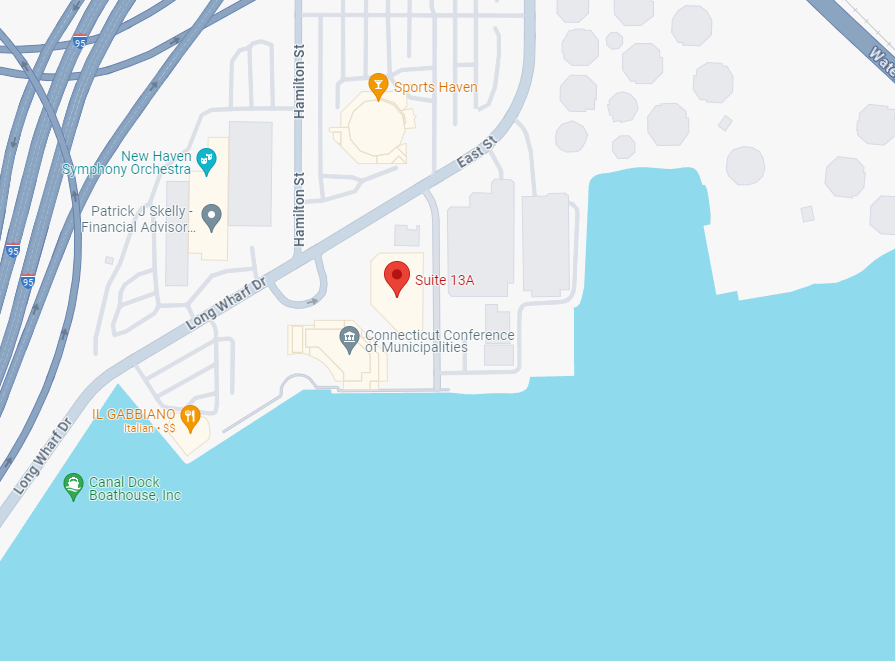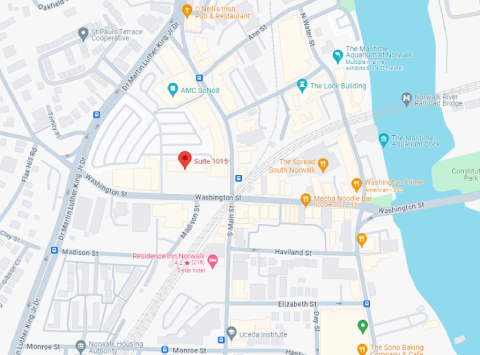When defective products cause injury to you or a loved one, consult with an experienced product liability attorney to help you understand how liability is determined in cases of faulty manufacturing.
The first step to determining liability is understanding how a defective product is defined.
What Defines Defective Products?
Your defective product attorney should classify the product in question as one of the following three categories to lodge a successful product liability lawsuit:
- Design defect
- Manufacturing defect
- Marketing defect
Design Defect
A design defect is a flaw in the actual product design. This flaw makes the product unreasonably unsafe for its intended use. While some products are inherently dangerous, like knives, electric saws, and lawnmowers, a product is only considered to have a defective design when its risks outweigh its benefits.
Manufacturing Defect
A manufacturing defect is a flaw in an adequately designed but improperly manufactured product. Common manufacturing defects include:
- Contamination
- Incorrect product assembly
- Missing parts
With manufacturing defects, only the products that contain the actual flaw will be considered defective rather than the entire product line.
Marketing Defects
A marketing defect is sometimes called a “labeling” defect. This type of defective product can occur for two reasons:
- The product is marketed for unintended or off-label use.
- The product lacks the appropriate warning labels for proper consumer protection.
A few examples of common marketing defects include:
- Failure to warn. Example: A mother was not alarmed when her baby ingested a well-known brand of baby oil because she knew the product was “safe.”
- Misleading advertisements. Example: A driver thought the roll bar on their off-road vehicle would protect them if it flipped due to an advertisement of the vehicle driving up Pikes Peak and making high-speed J-turns
- Inadequate use directions. Example: A recreational product manufacturer was deemed liable due to a promo video portraying people using the product without the safety equipment recommended by the instructions.
How Is Liability Found in a Defective Product Lawsuit?
To successfully find liability in a defective product lawsuit, the attorney must clarify several items, including:
- Uncovering the chain of distribution
- Proving the defendant’s negligence
- Providing evidence of the defective product
Uncover the Chain of Distribution
The chain of distribution is the series of organizations involved in getting the product from its original creator to its final destination.
Generally, this includes at least three parties within the chain:
- Manufacturer
- Wholesaler
- Retail
As the product travels along the distribution chain, it can become defective because of negligence by one or more parties in the chain.
Manufacturer
The manufacturers are often the first link in the distribution chain unless the chain includes a designer. The manufacturer may create the entire product or just pieces of the product that will be assembled elsewhere.
There may be multiple manufacturers involved in a defective product. In that case, it is a good idea for your product liability attorney to name each of them in the lawsuit.
Wholesaler
Retail
The retailer is typically the last link in the chain of distribution and is where the consumer buys the defective product. If the retailer knowingly sold a defective product, they can be held liable in a product liability lawsuit.
It’s possible that negligence was involved at each link in the chain of distribution, or only one party may be responsible. Again, your defective product attorney is best suited to determine whom to name in your product liability lawsuit.
Prove Negligence Occurred by Defendants
Connecticut’s Product Liability Act allows for the following claims:
- Negligence
- Strict liability
- Breach of warranty
The rules for proving negligence will vary depending upon the nature of the claim.
Provide Evidence of the Defective Device
Proof a defective device must contain at least one of the following:
- A manufacturing defect
- A design defect
- Inadequate warnings, or a failure to warn
Where Strict Liability Comes into Play
If your product liability attorney can prove that you did not partake in contributory negligence, they can address “strict liability,” which offers an advantage to the injured plaintiff.
Strict liability exists when the defendant is found legally responsible to the injured party, even if the defendant wasn’t actually negligent or didn’t have the intent to harm.
According to Connecticut’s adopted Restatement (Second), Torts 402A (1965), your defective product attorney can seek strict liability by proving each of the following five points:
- The defendant was engaged in the business of selling the product.
- The product was in a defective condition unreasonably dangerous to the consumer or user.
- The defect caused the injury for which compensation was sought.
- The defect existed at the time of the sale.
- The product was expected to and did reach the consumer without substantial change in condition.
Additionally, your product liability attorney must successfully argue against any defenses put forward by the defendants.
Where You Can Find a Product Liability Attorney
If a defective product has injured you or your loved one, it’s important that you contact a well-establish product liability law firm to discuss your legal options and what your entitled compensation could be. It’s worth noting that in Connecticut, the statute of limitations for product liability lawsuits is three years from the date of injury.
Your legal representation should have a strong reputation as aggressive advocates in product liability lawsuits. If you are unsure whether your case qualifies for a product liability lawsuit, you can contact the law firm of Kennedy, Johnson, Schwab & Roberge to speak with an experienced and knowledgeable defective product attorney about your potential lawsuit.





